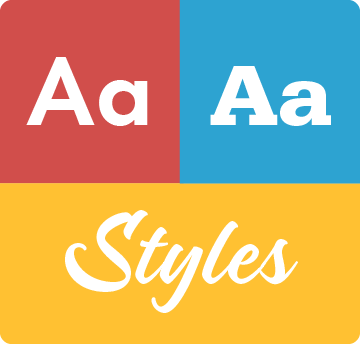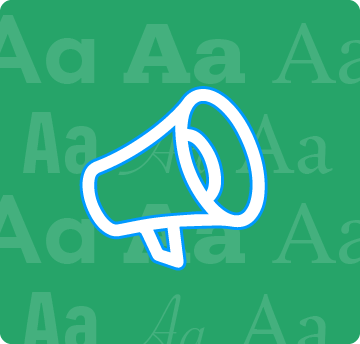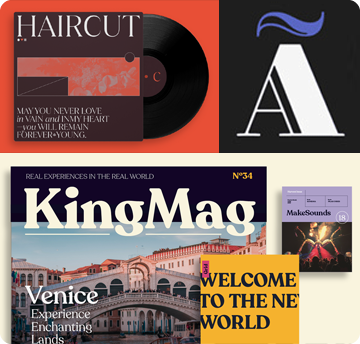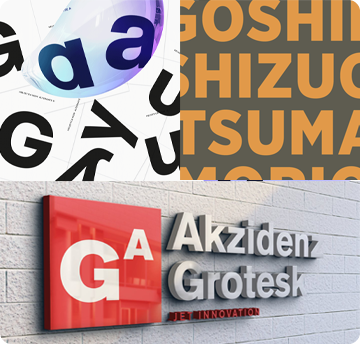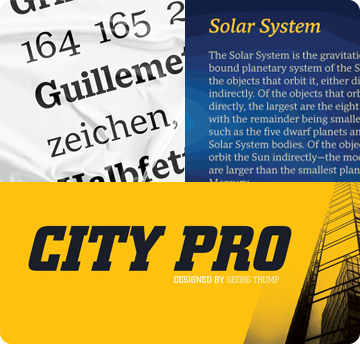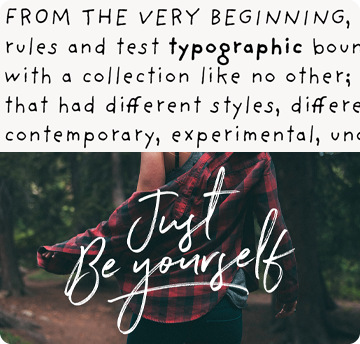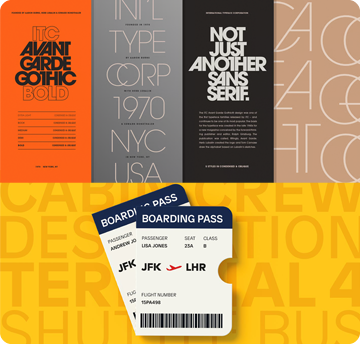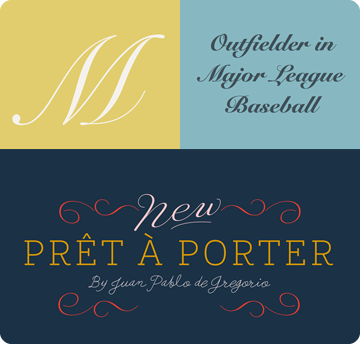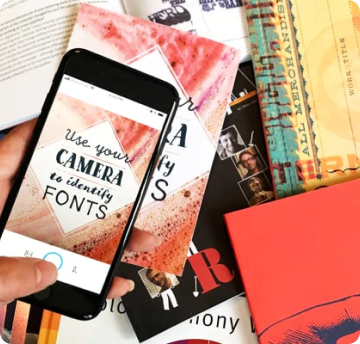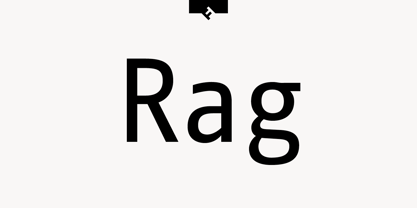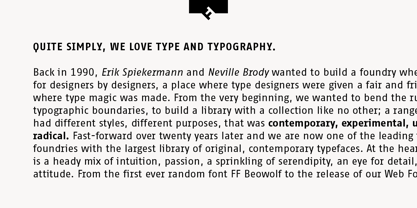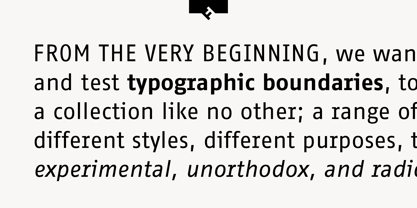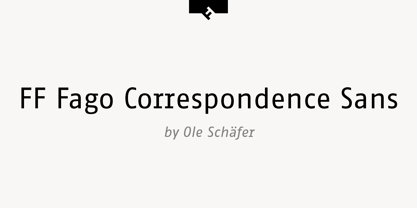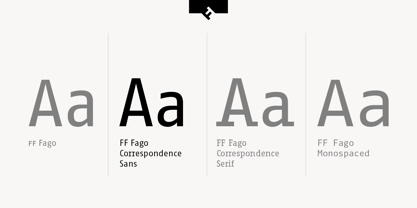Webfonts ermöglichen es Ihnen, den Font mit der @font-face-Regel in eine Webseite einzubetten, so dass Absätze und Textüberschriften als Webfont gestaltet werden können. Sie werden das Webfont-Kit auf Ihrer eigenen Webseite hosten und es im CSS verlinken.
Webfonts können auf einer einzigen Domäne verwendet werden. Agenturen, die für mehrere Websites verantwortlich sind, z. B. Web Design-Agenturen oder Hosting-Anbieter, können eine einzelne Webfont-Lizenz nicht für mehrere Websites verwenden.
Wenn die Font-Datei selbst nicht in die Webseite eingebettet wird (z. B. wenn die Font-Datei in einer statischen Grafik wie einem Logo verwendet wird), sollten Sie stattdessen eine Desktop-Lizenz erwerben.
Die meisten Foundrys auf MyFonts bieten ihre webfonts mit dem Jahreslizenzmodell an. Klicken Sie hier für Mehr erfahren.





